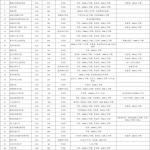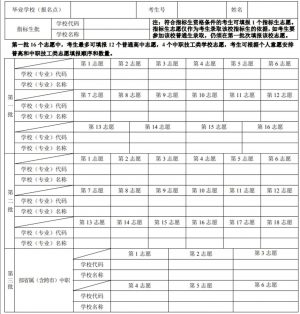see sb. do / doing
一、语境区别: 1、see sb.do 看见某人做某事, 它的语句环境是“主语对象”完整的目睹了某人做某事的全过程,强调了“主语对象”对该事件的完整了解性; 例句:I see Wang qian Hua play football.我看见
长、宽、高、深、形容词变名词
wide 形容词,宽的意思。 width,名词 “宽度”。 deep 形容词,深的意思 depth,名词 “深度”。 long 形容词,长的意思。 length 名词 “长度”。 high 形容词,高的意思 height,名词 “高度”
advise sb to do sth. 建议某人做某事
advise用作及物动词时,通常意味着提出建议或劝告。 例如:I advise waiting till the right time. waiting till the right time 是宾语,通常由动名词形式构成,而不是不定式。 advise的用法 1、advise后接宾语时,不能
与 way 搭配的常用短语
“way”的固定短语搭配有很多,以下是一些常见的用法: on the way。在去某地的路上。 by the way。顺便说一下。 in the way。挡路。 in a way。在某种程度上。 in no way。决不。 all the way。一路上,自始至终
动词不定式(to do)的用法
不定式 动词不定式,为非谓语动词。在英语语法中,动词不定式是指动词中的一种不带词形变化从而不指示人称、数量、时态的一种形式。它之所以被称做不定式,是因为动词不被限定,或者说不被
it's time (for sb.) to do sth.
it’s time (for sb.) to do sth:到了某人该做某事的时候了。 It’s time for us to go to school. = It’s time for school. It’s time to go to bed. = It’s time for bed.
现在进行时
现在进行时是英语的一种时态,表示现在进行的动作或存在的状态。现在进行时表示动作发生的时间是“现在”,动作的状态是“正在进行中”。在英语时态中,“时“指动作发生的时间,”态“指
too ... to ...
too…to…:太……而不能…… too + adj + to + do 比如: He is too tall to go through.他太高了,穿不过去。 Tom is too young to go to school.汤姆年纪还太小,不能去上学。 He is too shy to give a speech.他太害羞,不敢做
apologize to sb for sth
apologize to sb ( for sth ):(因为某事)向某人道歉 apologize for sth:因为某事道歉 例句: I must apologize to you for my mistake. I really apologize for not being able to join in your birthday party.
by oneself = on one's own
by oneself = on one’s own:独自,通过自己完成 He finished it by himself. He finished it one his own.









